This pub is closed permanently. Your nearest Wetherspoon pub:
The Stag & Pheasant, Mansfield
This pub is named after the 18th-century landlady of The Mason’s Arms which stood on this site. Widow Frost was probably the first to run The Mason’s Arms after its name was changed from The Horse and Jockey in 1780.
A photograph and text about Mansfield Museum.
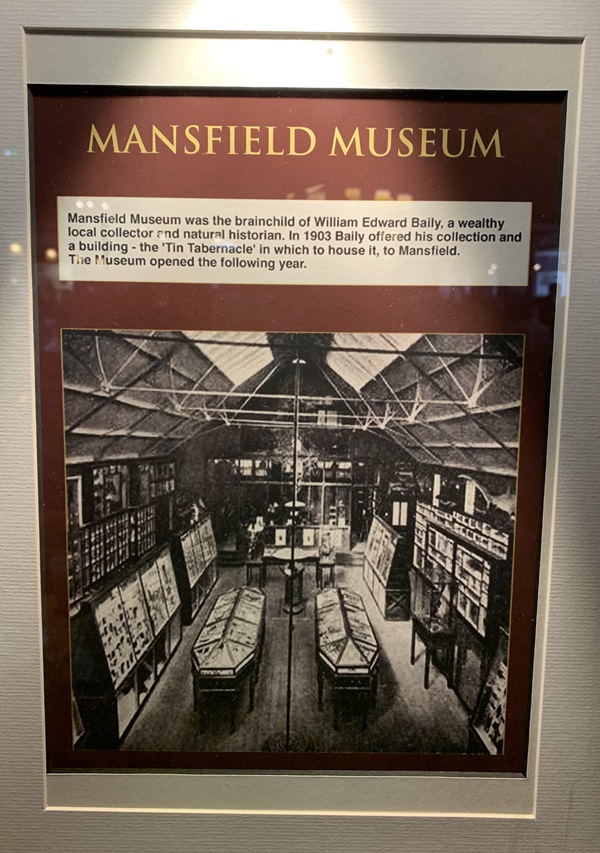
The text reads: Mansfield Museum was the brainchild of William Edward Baily, a wealthy local collector and natural historian. In 1903 Baily offered his collection and building – the Tin Tabernacle in which to house it, to Mansfield. The museum opened the following year.
An illustration and text about Mansfield ancient courts.
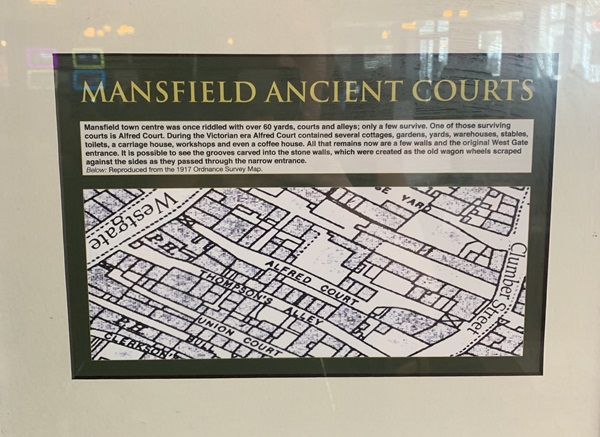
The text reads: Mansfield town centre was once riddled with over 60 yards, courts and alleys; only a few survive. One of those surviving courts in Alfred Court. During the Victorian era Alfred Court contained several cottages, gardens, yards, warehouses, stables, toilets, a carriage house, workshops and even a coffee house. All that remains now are a few walls and the original West Gate entrance. It is possible to see the grooves carved into the stone walls, which were created as the old wagon wheels scraped against the sides as they passed through the narrow entrance.
A photograph, illustration and text about Dobson’s Mill House.
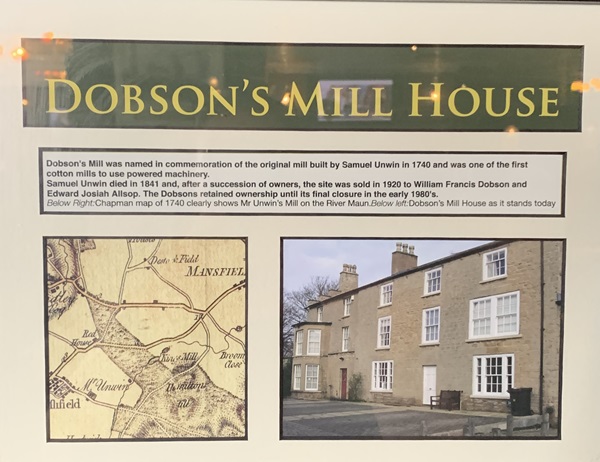
The text reads: Dobson’s Mill was named in commemoration of the original mill built by Samuel Unwin in 1740 and was one of the first cotton mills to use powered machinery.
Samuel Unwin died in 1841 and, after a succession of owners, the site was sold in 1920 to William Francis Dobson and Edward Josiah Allsop. The Dobsons retained ownership until its final closure in the early 1980s.
Prints and text about Mansfield’s cultural heritage.
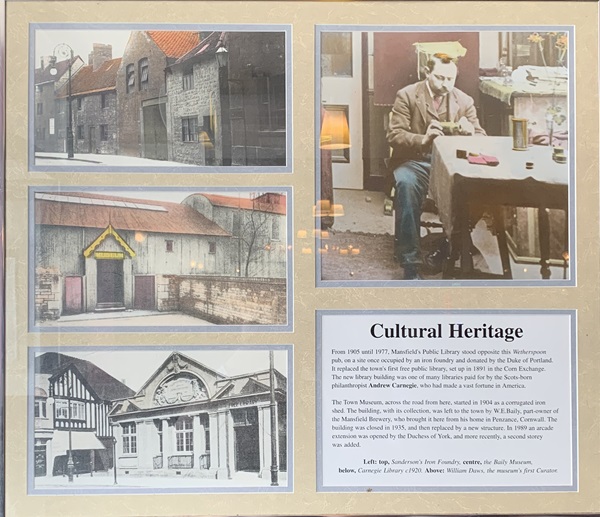
The text reads: From 1905 until 1977, Mansfield public library stood opposite this Wetherspoon pub, on a site once occupied by an iron foundry and donated by the Duke of Portland. It replaced the town’s first free public library, set up in 1891 in the Corn Exchange. The new library building was one of many libraries paid for by the Scots-born philanthropist Andrew Carnegie, who had made a vast fortune in America.
The town museum, across the road from here, started in 1904 as a corrugated iron shed. The building, with its collection, was left to the town by WE Baily, part owner of the Mansfield Brewery, who brought it here from his home in Penzance. The building was closed in 1935, and then replaced by a new structure. In 1989 an arcade extension was opened by the Duchess of York, and more recently, a second storey was added.
Prints and text about Cornelius Brown.
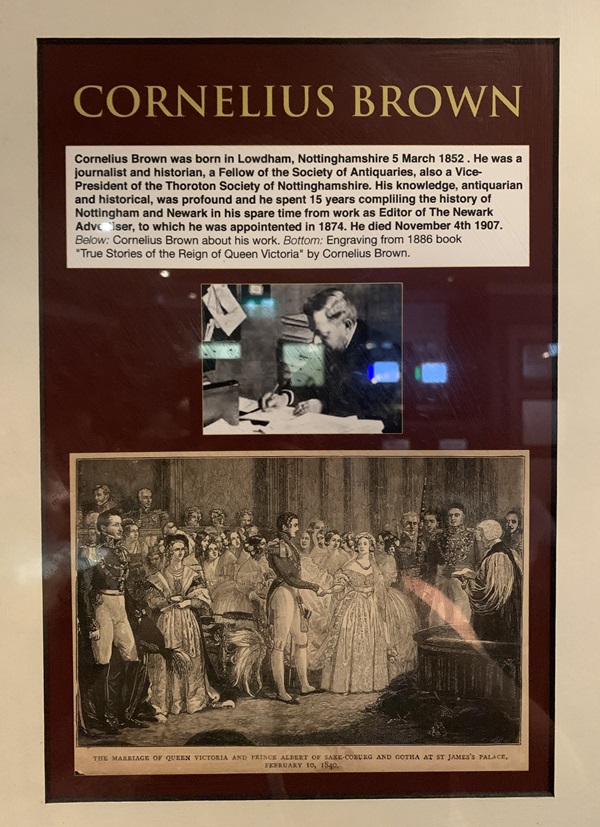
The text reads: Cornelius Brown was born in Lowdham, Nottinghamshire 5 March 1852. He was a journalist and historian, a Fellow of the Society of Antiquaries, also a vice-president of the Thoroton Society of Nottinghamshire. His knowledge, antiquarian and historical, was profound and he spent 15 years compiling the history of Nottingham and Newark in his spare time from work as editor of The Newark Advertiser, to which he was appointed in 1874. He died November 4 1907.
External photograph of the building – main entrance.
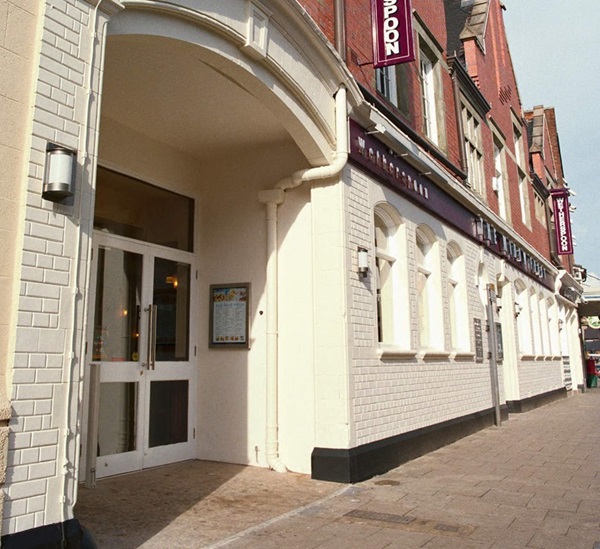
If you have information on the history of this pub, then we’d like you to share it with us. Please e-mail all information to: pubhistories@jdwetherspoon.co.uk